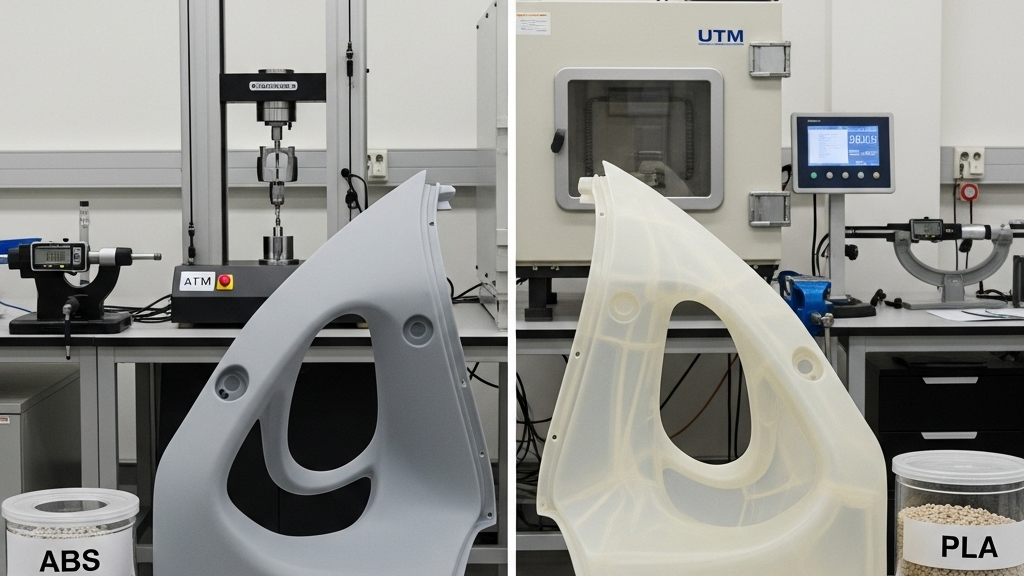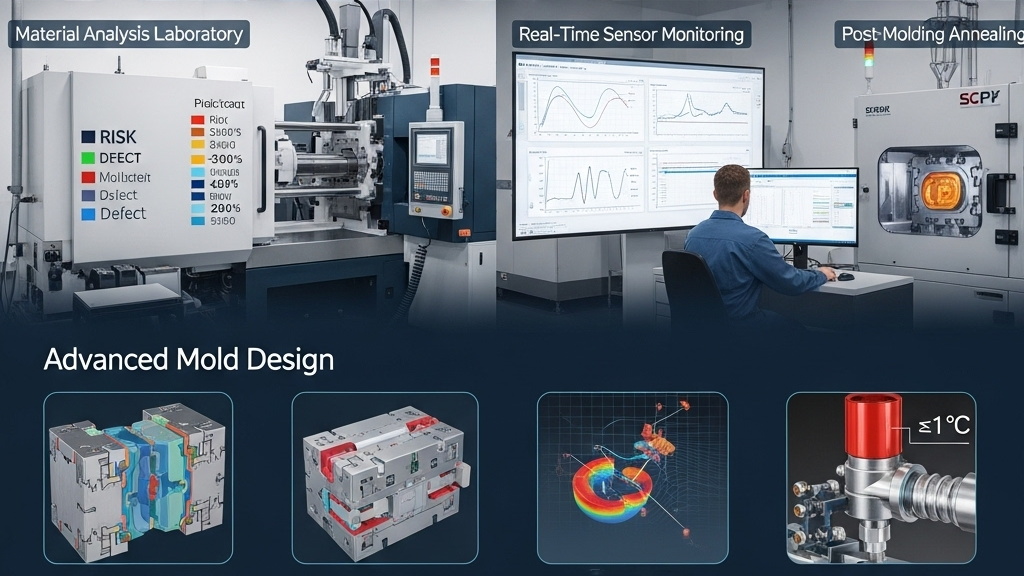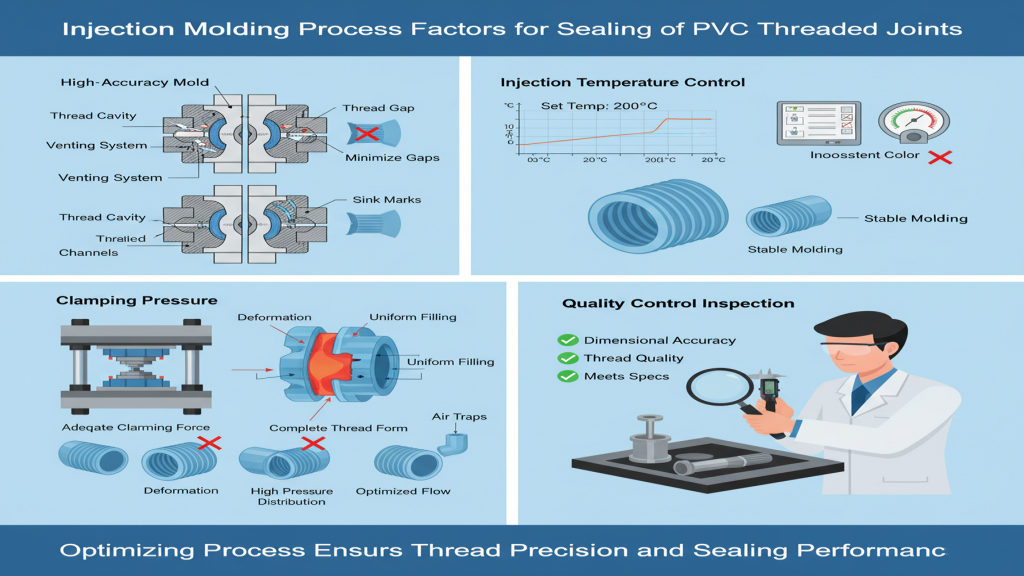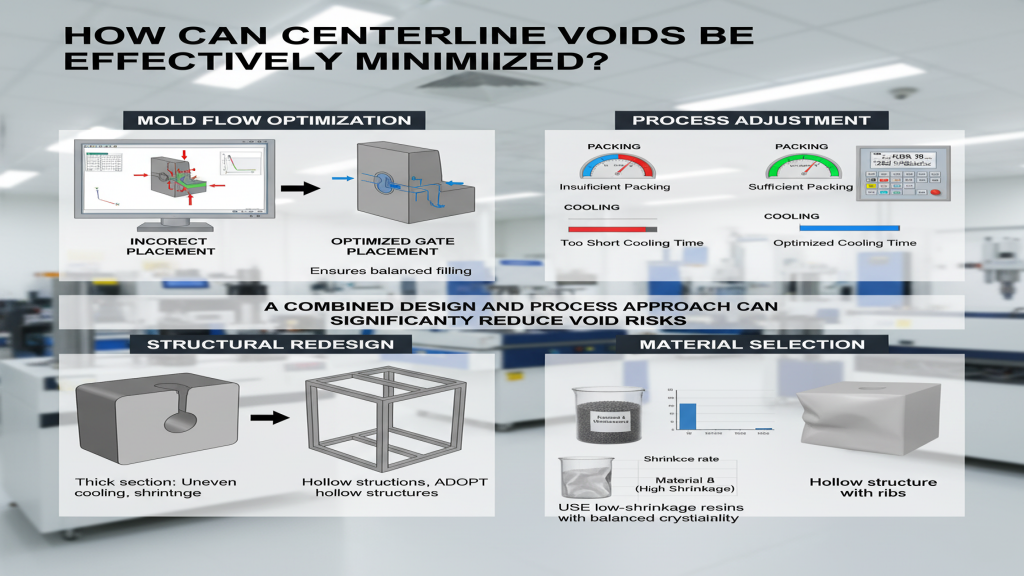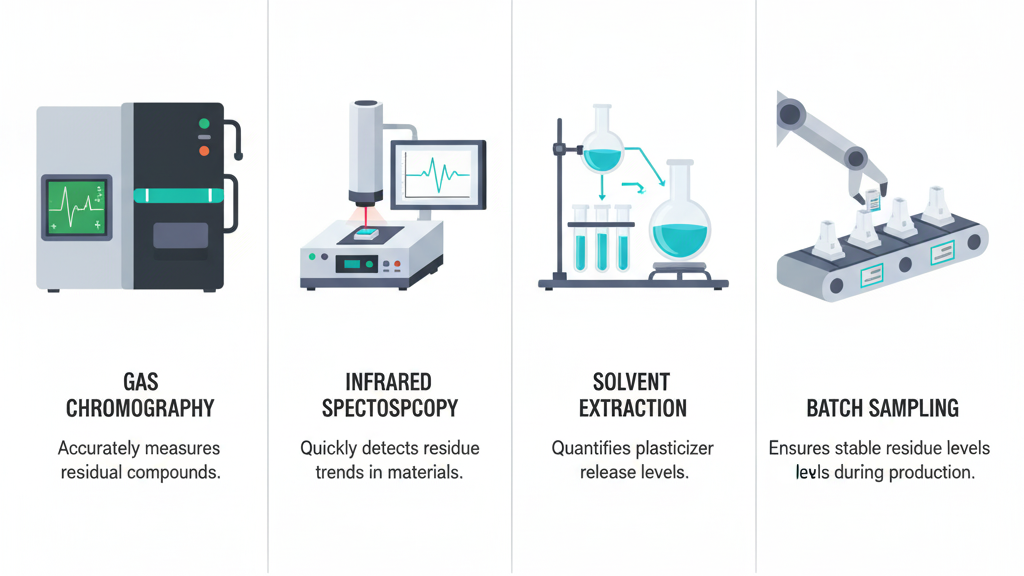
Polyoxymethylene (POM), commonly known as Delrin, is renowned for its high strength, rigidity, and wear resistance, and is widely used in engineering applications. To ensure its performance is fully realized, precise machining and assembly are essential. Improper handling can easily compromise the properties of the parts, affecting product reliability. This article will explore the key aspects of Delrin part machining and assembly from a professional perspective.
The previous section discussed the material properties of Delrin and key machining points, such as material selection, cutting parameters, and thermal management. These are the foundation for ensuring part quality. However, high-quality parts also require precise assembly to form components. Therefore, based on an understanding of machining characteristics, this article will further explore the assembly processes, connection methods, and tolerance control of Delrin parts, aiming to provide reliable assembly guidance.
Delrin Key Process Parameter Control?

Delrin, also known as polyoxymethylene (POM), is highly favored in the engineering field for its high strength, wear resistance, and low coefficient of friction. However, to fully realize its potential, every detail in the machining process is crucial. Precisely controlling key process parameters tailored to Delrin's unique material properties not only effectively prevents degradation of material performance but also ensures the dimensional accuracy and assembly quality of the final parts, which directly affects the overall performance and reliability of the product.
- Temperature Control: Delrin is very sensitive to heat. Excessive cutting temperature can easily lead to material softening, melting, and even thermal stress, ultimately affecting the dimensional accuracy and mechanical properties of the parts. Therefore, selecting appropriate cutting speeds and feed rates, and ensuring adequate cooling is crucial.
- Cutting Force and Clamping Force: Delrin is relatively soft, and excessive cutting force can cause part deformation or internal stress. Similarly, excessive clamping force can also cause part deformation during machining. Selecting sharp tools and reasonable clamping methods can effectively avoid these problems.
- Tools and Maintenance: Sharp tools can reduce cutting resistance, reduce cutting heat generation, and obtain better surface finishes. Regularly checking and replacing worn tools is key to ensuring machining quality.
- Feed Rate and Cutting Depth: These two parameters directly affect the generation of cutting force and cutting heat. Finding a balance based on specific machining requirements and tool characteristics is necessary to ensure machining efficiency while avoiding adverse effects on the material.
What are the common connection methods for Delrin?

The successful application of Delrin parts depends not only on precision machining but also on reliable assembly. Choosing the appropriate connection method for different usage environments and performance requirements is a crucial step in ensuring a stable, durable, and long-lasting assembly.
- Need for Disassembly: Mechanical connections offer various reliable options suitable for different loads and disassembly needs.
- Connection Strength Requirements: Bonding is suitable for complex sealing scenarios, but disassembly is difficult and process requirements are high.
- Assembly Efficiency and Cost: Thermal connections form strong, permanent connections and are highly efficient, but require specialized equipment.
- Working Environment: The selection of connection methods requires comprehensive consideration of factors such as strength, disassembly, cost, and environment.
Delrin Tolerance Setting Considerations?

Delrin's significant thermal expansion and certain hygroscopic properties are crucial factors that cannot be ignored in assembly design. Reasonably setting fitting tolerances and fully considering the changes in these material properties under different environmental conditions are at the core of ensuring stable and reliable assembly connections and avoiding interference or loosening caused by expansion or contraction.
- Thermal Expansion: Design tolerances need to consider Delrin's significant coefficient of thermal expansion.
- Hygroscopic Properties: High-humidity environments require incorporating the effects of moisture absorption in precision fits.
- Fit Type: The connection type determines the nature of the fit and the choice of tolerances.
- Worst-Case Scenario: Consider assembly reliability under extreme temperature and humidity conditions.
Core elements of Delrin parts processing and assembly
| Core Element | Key Content and Considerations | Advantages | Disadvantages | Applicable Scenarios | Precautions |
|---|---|---|---|---|---|
| Machining Parameters | Temperature control (avoid overheating), Cutting & clamping force (prevent stress), Tooling (quality), Feed & depth (balance efficiency & protection) | Ensures dimensional accuracy and surface finish, Prevents material degradation | Requires precise control, Incorrect parameters can lead to defects | High-precision Delrin part machining | Select appropriate parameters based on material grade and requirements, Ensure sufficient cooling |
| Assembly Methods | Mechanical (strength & disassembly), Adhesive (sealing & complex), Thermal (permanent & efficient), Choice based on application & needs | Mechanical: Reliable, Easy disassembly (some), High strength; Adhesive: Uniform, Sealing, Complex shapes; Thermal: High strength, Efficient, Clean joint | Mechanical: May require fasteners, Potential gaps; Adhesive: Difficult disassembly, High surface & adhesive requirements; Thermal: Permanent, Requires specialized equipment & control | Mechanical: High load or frequent disassembly; Adhesive: Sealing or complex shapes; Thermal: Mass production, High strength requirements | Mechanical: Mind preload, avoid damage; Adhesive: Ensure clean surface & correct adhesive; Thermal: Control temperature & pressure to avoid burning or deformation |
| Tolerance Setting | Consider thermal expansion (high temp interference, low temp looseness), Hygroscopic effect (humidity changes), Match fit type to function, Worst-case analysis | Ensures assembly stability and reliability, Prevents interference or looseness | Complex design, Requires precise calculation and consideration of multiple factors | Delrin part connections requiring assembly accuracy and long-term stability | Fully consider operating temperature and humidity range, Perform worst-case analysis, Verify with experiments if necessary |
| Failure Prevention | Strictly control machining & assembly processes, Choose appropriate methods & tolerances, Consider environmental factors | Extends part lifespan, Improves product reliability, Reduces maintenance costs | Requires comprehensive consideration in design & manufacturing, Difficult to rectify later | All Delrin part machining and assembly stages | Establish a robust quality control system, Strengthen process monitoring and inspection |
Methods to Prevent Delrin Part Failure
Preventing Delrin part failure requires a holistic approach encompassing design, machining, and assembly. Selecting the appropriate material grade is crucial to ensure it meets the requirements of the application environment. Establishing a comprehensive quality control system and strengthening process monitoring and finished product inspection are also key safeguards for preventing failure.
1.Material Selection: Choosing the right Delrin grade is the primary step in preventing failure.
2.Machining: Carefully controlling machining processes can avoid introducing potential material defects.
3.Assembly: Scientific assembly requires considering material properties and rationally selecting connection methods.
4.Usage and Maintenance: Proper usage and maintenance help extend the life of parts and reduce the risk of failure.
Conclusion
Proper machining and assembly of Delrin parts require attention to many factors. Precise control of machining parameters such as temperature and cutting force is crucial to avoid material degradation and dimensional deviations. Selecting the appropriate assembly connection method and setting tolerances considering Delrin's thermal expansion and hygroscopic properties are key to ensuring assembly reliability.
For expert assistance in implementing for your production needs, visit our resource center or contact us. Let’s help you scale up your manufacturing with precision and efficiency!

